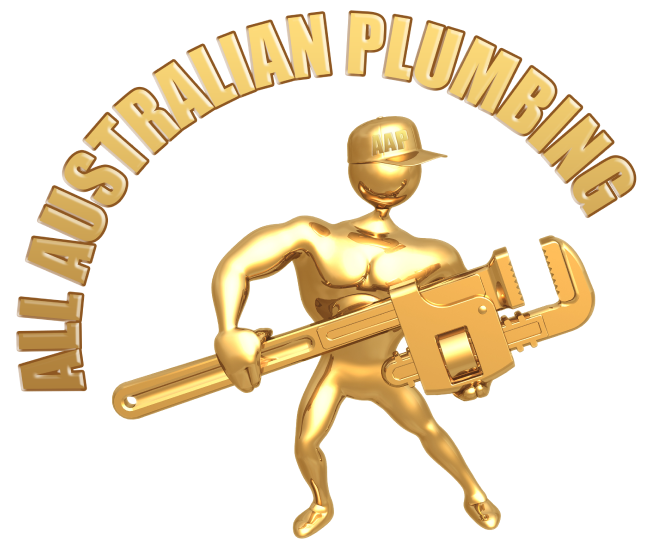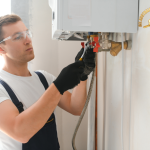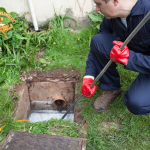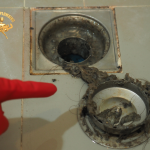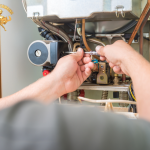Plumbing, while often taken for granted, serves as the circulatory system of our homes. Just as with our own bodies, when something goes awry, the impact can range from minor inconveniences to major breakdowns.
Recognizing early signs and understanding the solutions can not only save homeowners significant amounts of money but can also prevent the stress that comes with unexpected repairs. In this guide, we’ll explore some of the most common plumbing issues, their tell-tale signs, and how best to address them.
Detecting and Repairing Leaks: Early Signs and Fixes
Leaks are the silent saboteurs in the world of plumbing. They can remain undetected for long periods, slowly wreaking havoc on a property. Let’s delve into why they are a concern, how to spot them, and the most effective fixes.
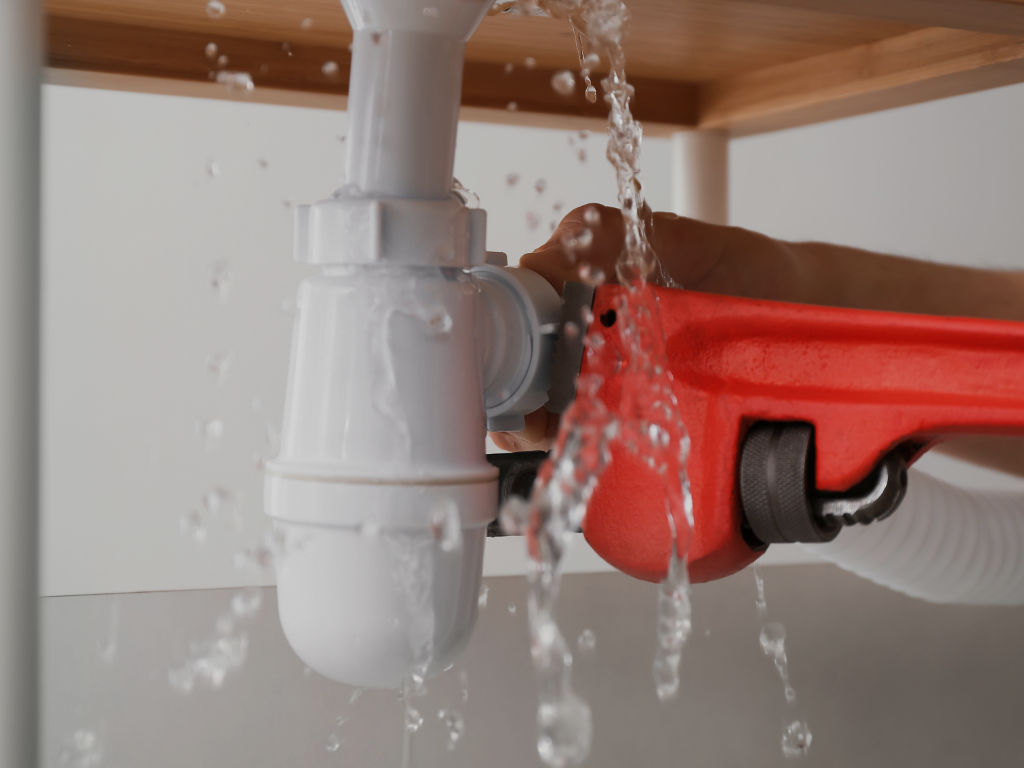
Why Leaks Are a Major Concern
Leaky faucets might seem trivial, but they’re just the tip of the iceberg. The real cost of leaks goes beyond the incessant dripping sound:
- Economic Impact: Even minor leaks can lead to significant increases in water bills over time.
- Structural Damage: Continuous water exposure can weaken structures, damage walls, and even lead to foundational issues in severe cases.
- Health Hazards: Moisture from leaks creates an ideal environment for mold and mildew, posing health risks to the home’s inhabitants.
Early Signs of a Leak
Before calling in the professionals, homeowners can look out for several signs indicating potential leaks:
- Increased Water Bills: An unexplained spike in water usage is often the first sign of a hidden leak.
- Visual Clues: Damp spots, ceiling discoloration, or peeling paint can all be indicators.
- Audible Signs: If you hear the sound of running water when all fixtures are turned off, it’s time to investigate.
Professional Solutions and Quick Fixes
Detecting the exact location of a leak can sometimes require specialized tools and expertise. Professionals might use listening devices, infrared cameras, or even trace gas to pinpoint hidden leaks. However, as a temporary measure:
- Turn off the water source to the affected area, if identifiable.
- Place containers to catch dripping water.
- Avoid using the area until a professional assessment is done.
Blocked Drains: Causes, Prevention, and Solutions
Water flowing down the drain is something we all expect. But when it doesn’t, it’s often due to blockages. Understanding the causes can be the key to effective prevention and timely solutions.
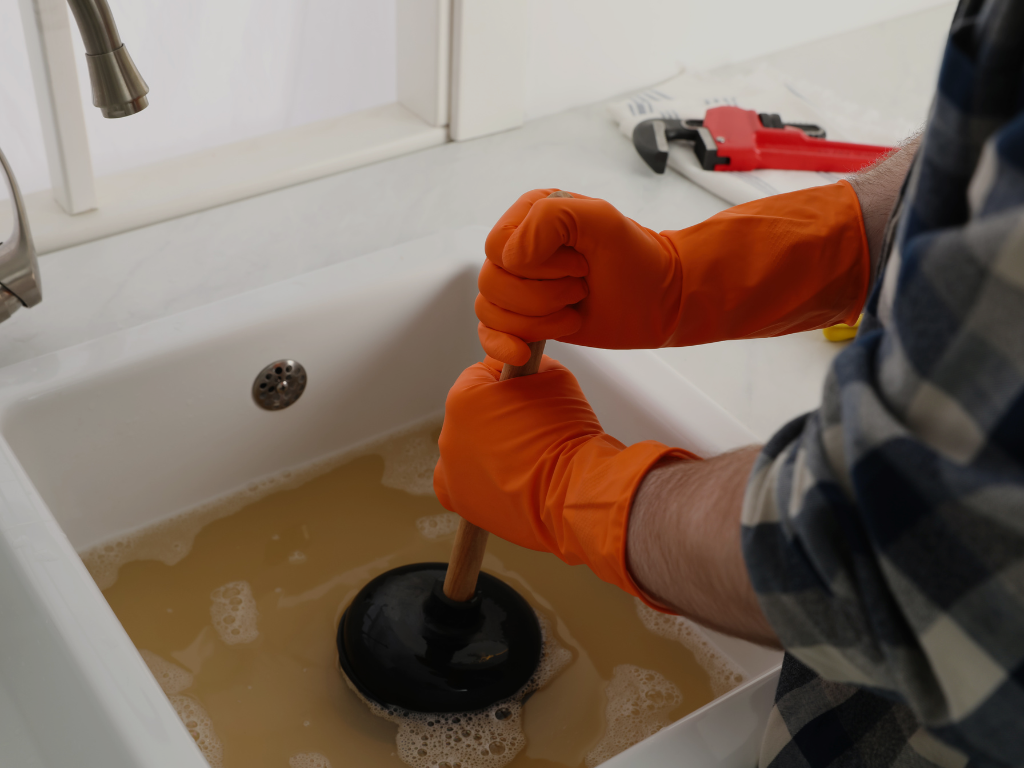
Why Drains Get Blocked
There’s no one culprit behind a blocked drain; it’s often a combination of factors:
- Hair and Soap Scum: Over time, hair and soap residues can accumulate, gradually narrowing the passage.
- Grease and Food Particles: In kitchens, grease solidifies as it cools, capturing food particles and forming stubborn blockages.
- Foreign Objects: Accidental or intentional, items like toys, tissue papers, and other non-degradables can lead to immediate blockages.
Signs Your Drain Might Be Blocked
A blocked drain rarely happens overnight. Here are some early warning signs that can help homeowners take timely action:
- Slow Draining Water: This is often the first and most obvious sign. If water takes longer than usual to drain, it’s a clear indication of a potential blockage.
- Unpleasant Odors: The smell of trapped, rotting food or stagnant water can emanate from sinks or shower drains, signaling a blockage.
- Gurgling Noises: This is caused by trapped air in the pipes, which can be a result of blockages further down the line. If your drain sounds like it’s talking back, it might be time for a check-up.
How to Prevent Blocked Drains
An ounce of prevention is worth a pound of cure, especially when it comes to plumbing. Here are some tips to keep those drains flowing smoothly:
- Regular Cleaning: Make it a routine to clean drain stoppers and remove debris like hair or soap scum. A monthly flush with boiling water can also help dissolve potential blockages.
- Install Strainers: These are simple devices that catch debris before they go down the drain. They’re especially useful in kitchen sinks to catch food particles.
- Mind the Grease: Never pour oil or grease down the drain. Instead, let it cool and solidify, then dispose of it in the trash.
Professional Interventions and DIY Solutions
While some blockages can be fixed with DIY methods, some stubborn ones require a professional touch:
- Natural Solutions: A mixture of equal parts baking soda and vinegar, followed by hot water after a few hours, can help break down minor blockages.
- Plunger: This age-old tool can create suction to help dislodge blockages. Ensure you have a good seal and try both pushing and pulling actions.
- Professional Tools: For more severe blockages, professionals might use drain snakes or hydro jetting to clear the path. These tools can reach deep and tackle the root cause of the problem.
- Avoid Chemical Cleaners: While they might offer a quick fix, chemical drain cleaners can be harmful to the environment and can corrode older pipes, leading to bigger problems down the line.
Dealing with Low Water Pressure: Common Causes and Remedies
Water pressure that feels more like a gentle trickle than a powerful stream can be frustrating and may indicate underlying issues in your plumbing system.
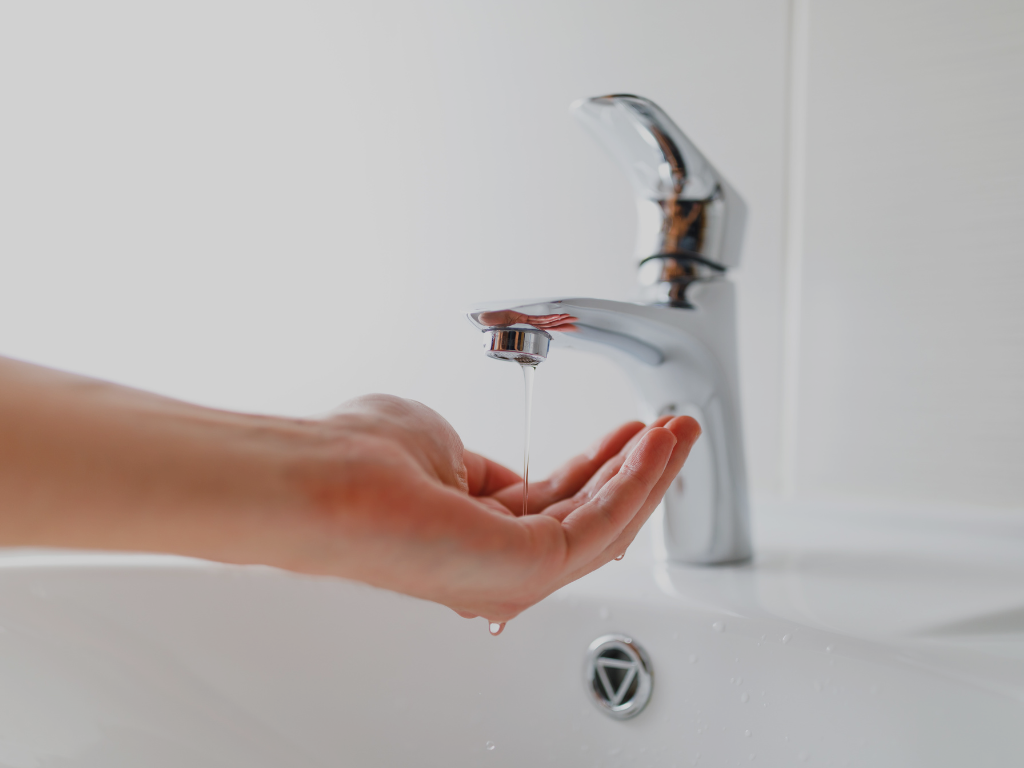
What Causes Low Water Pressure?
Several factors can be at the root of this common problem:
- Corroded Pipes: Over time, pipes can corrode from the inside, restricting the flow of water.
- Leaks: If water is escaping through a leak, it can reduce the pressure in the rest of the system.
- Clogged Aerators: Mineral deposits can accumulate on faucet aerators, restricting the flow of water.
Detecting the Cause
Pinpointing the reason for the dip in water pressure can help address the issue more effectively:
- Check Multiple Faucets: If low pressure is observed only in one faucet, the issue might be localized. If it’s throughout the house, the main supply might be the culprit.
- Main Shut-off Valve: Ensure this valve, usually located near the water meter, is fully open.
- Water Heater Inspection: If you’re only experiencing low pressure with hot water, the water heater might be the source of the problem.
Solutions to Restore Optimal Pressure
Once the cause is identified, remedies can be more targeted:
- Clean or Replace Aerators: If mineral buildup is observed, aerators can be cleaned using vinegar or simply replaced.
- Address Pipe Corrosion: For older homes with corroded pipes, repiping might be the most effective long-term solution.
- Fix Leaks: Identifying and repairing leaks will not only restore pressure but also prevent wastage and potential water damage.
Seasonal Plumbing Issues: Winter Freezes and Summer Overloads
Different seasons bring different challenges for plumbing systems. Awareness of these can lead to timely preventive measures.
Winter Plumbing Concerns
The cold months can be particularly challenging:
- Frozen Pipes: Water inside pipes can freeze, leading to potential bursts. Prevent this by insulating exposed pipes and keeping indoor temperatures stable.
- Protecting Outdoor Faucets: Detaching hoses and shutting off water to outdoor faucets can prevent freezing-related damages.
- Water Heater Workload: Cold weather increases the workload on water heaters. Regular checks and insulation can help ensure its efficiency.
Summer Plumbing Challenges
The warm months come with their own set of concerns:
- Increased Appliance Load: More frequent use of washing machines and dishwashers can lead to wear and tear. Regular maintenance checks are crucial.
- Garbage Disposal Overload: Summer barbecues and parties can strain garbage disposals. Avoid disposing of hard foods, bones, and fibrous materials.
- Lawn Sprinkler Considerations: Ensure sprinkler systems are in good working condition and positioned correctly to avoid water waste and ensure adequate lawn watering.
Professional Tips for Seasonal Maintenance
Consistent maintenance can go a long way:
- Routine Inspections: Before any seasonal change, get a professional inspection to catch potential issues early.
- Proper Insulation: Ensure all pipes, especially those in unheated areas, are well insulated.
- Efficient Usage: Encourage household members to use water and appliances efficiently to reduce strain on the system.
Conclusion
Modern life is intrinsically linked to the efficient functioning of our plumbing systems. By staying informed and proactive about common issues, homeowners can ensure longevity, efficiency, and cost savings. Regular professional check-ups, combined with diligent household practices, can prevent most plumbing headaches before they escalate.
